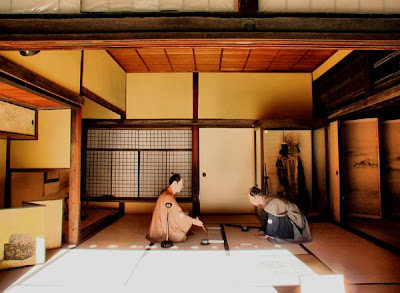 Japan Says It Will Send Anti-Piracy Force to Somalia’s Coast
Japan Says It Will Send Anti-Piracy Force to Somalia’s CoastNew York Times
Japan executes four convicted killers
CNN
Japanese workers urged and go home and multiply
CNN
Blowfish testicles poison seven in Japanese restaurant
Guardian
Japan factory output plunges, jobless rate jumps
Washington Post
Man from Japan with will to win
Times on Line
Another wrestler nabbed with dope
Asahi
Japan: The Price of Normalcy
Japan Focus
Big slump in Japan factory output
BBC
Japan to bid for 2018, ’22 World Cups
Yahoo Sports
Last week's Japan news
Japan Statistics
In 2008, some 252 Japanese police officers were punished for misconduct and illegal acts. That is the lowest figure since records started being kept, in 2000.
Source: Kyodo News
Japanese economic roundup.
Toshiba: a record loss is forecast for 2009; estimates are in the 280 billion yen range
Sony: the fourth quarter, 2008, saw net profit decline by 95%
Nintendo: the Kyoto gamemaker recorded a 21% increase in its third quarter profits
Hitachi: 700 billion yen net loss in FY2008
Unemployment rate: 4.4%
Source: Daily Yomiuri
The number of applications for refugee status in 2008 hit 1,599. That is the highest ever.
Of those 57 were recognized as refugees.
The majority of the applicants, 979, were from Burma.
Source: Daily Yomiuri
© JapanVisitor
Book a hotel in Japan with Bookings
Japanese Fiction
Happi Coats
Tags
Japan News Japan Statistics politics































